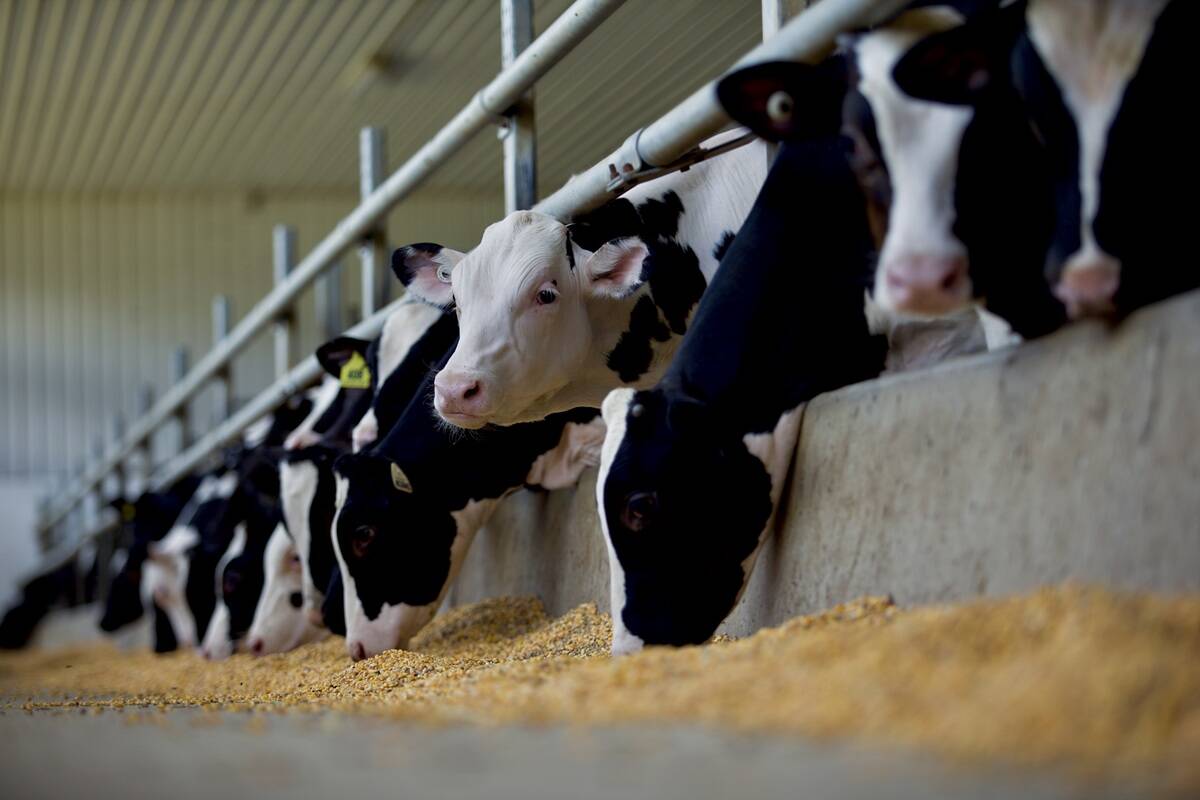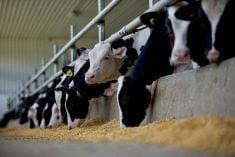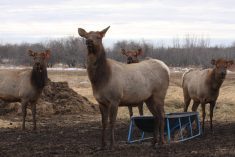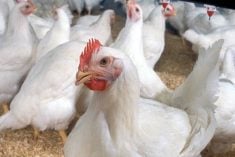Beef that has been mechanically tenderized must be officially labelled as such, effective today, and must include instructions for safe cooking.
Federal health minister Rona Ambrose announced the requirement Aug. 21, saying the labels will better inform Canadians about beef and appropriate preparation to ensure food safety.
Mechanical tenderization is commonly used in the food industry to increase tenderness. It involves the use of needles or blades inserted into meat that break muscle fibres, but it is not easy to visually discern whether the technique has been used.
Read Also

Confusion cleared on Canadian calf import changes
A Canadian Food Inspection Agency (CFIA) announcement on import regulations for feeder calves caused some confusion on the administrative side of Canada’s cattle industry earlier this month
E. coli bacteria present on the meat surface can be pushed inside by the needles. When the meat is later cooked, it must achieve internal temperatures of at least 63 C to kill the bacteria.
Mechanically tenderized steaks should also be turned at least twice during cooking, according to the new recommendations.
Mechanical tenderization came under scrutiny in September 2012 when several people became ill after eating mechanically tenderized steaks bought at Costco outlets in Edmonton.
The incidents led to a voluntary recall of the beef and an investigation by the Canadian Food Inspection Agency. Eighteen cases of food-borne illness were eventually reported, several of them associated with beef that had been mechanically tenderized.
A government news release about the new labelling requirements indicates it applies to all sectors that sell uncooked, mechanically tenderized beef to other industry sectors or consumers.
“This includes, but is not limited to, grocery retailers, butcher shops, meat processors and importers of MTB,” said the release.
Regulations also apply to federally registered plants that use the process but they have been required to label those products since July 2013.
“Without clear labels, it is difficult for consumers to know which beef products have been mechanically tenderized,” said Ambrose in the news release.
“Today’s announcement, along with new industry labelling guidelines we have released, will help Canadians know when they are buying these products and how to cook them.”
Findings from a federal health risk assessment conducted on the 2012 cases involved modelling that showed eating mechanically tenderized beef is “approximately five times riskier than consumption of an intact beef cut” in terms of ingesting E. coli if it is present on the meat in the first place.
However, it also said “ground beef is 1,500 to 7,300 times riskier than MTB and intact beef cuts, respectively.”















